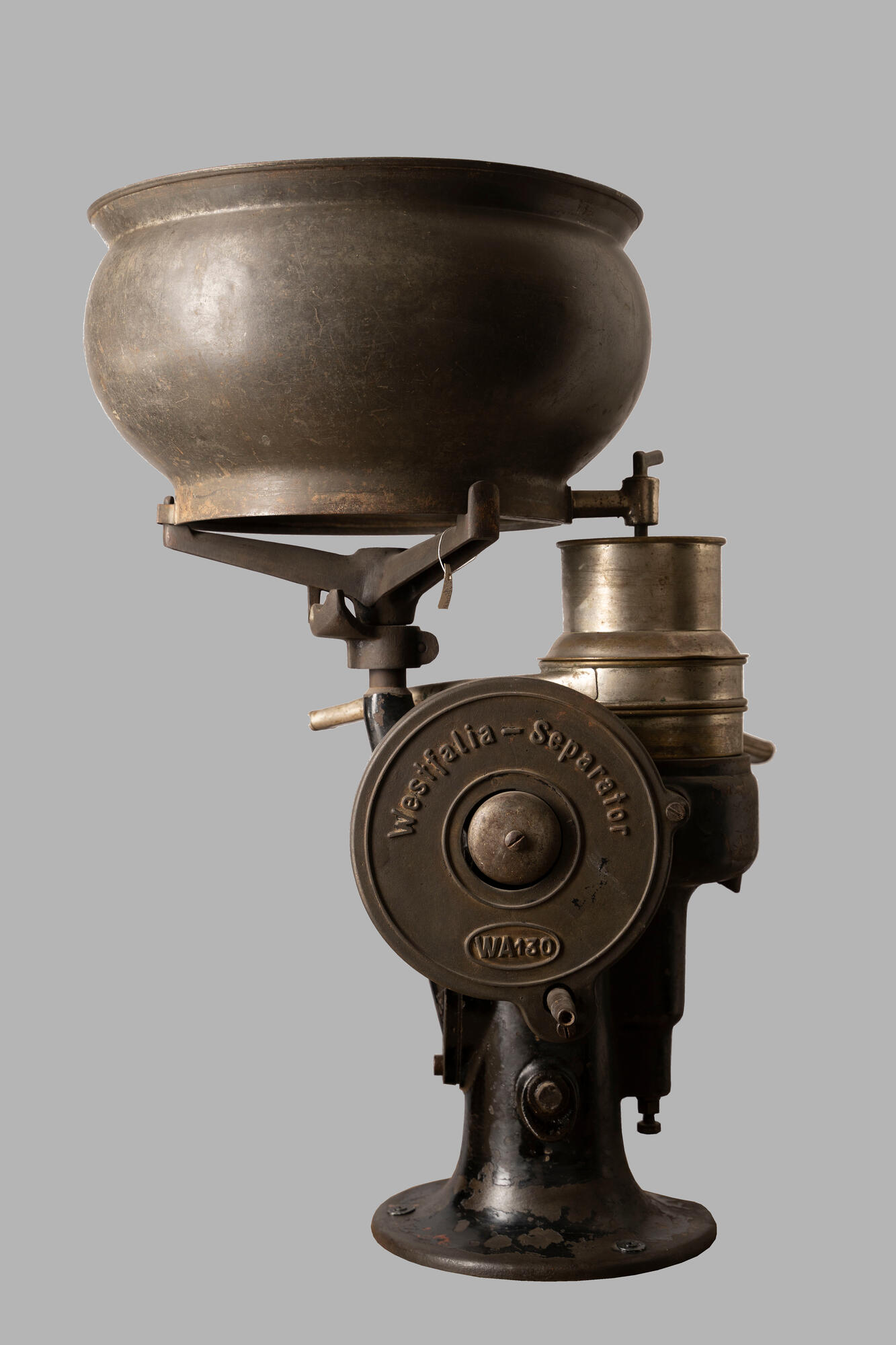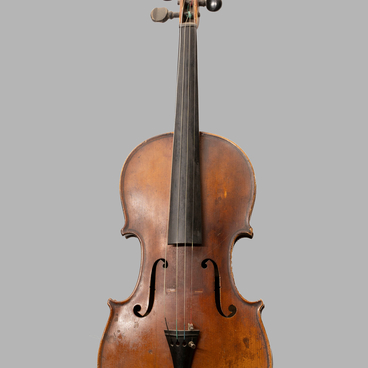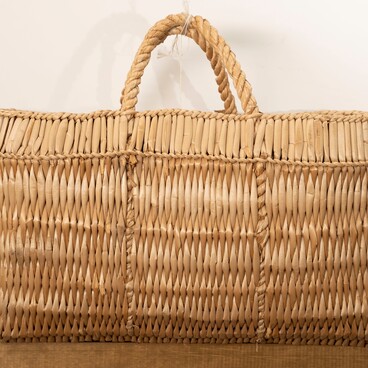Various technical innovations were actively used in Sarepta, a German colony. The Sareptians did not miss the opportunity to facilitate domestic using new devices. The milk separator has made the process of separating milk into its constituent parts less labor intensive. Thanks to the separator, housewives spent less time and effort on obtaining cream for making butter.
Despite the asceticism of the Sarepta Hernguters - representatives of Protestantism - they were not forbidden to consume milk, butter, cream during fasting. Butter was one of the daily staples of the inhabitants of Sarepta. This is how the journalist Alexander Voeikov, who lived in the settlement in 1812-1813, described the food of the Sareptians:
Despite the asceticism of the Sarepta Hernguters - representatives of Protestantism - they were not forbidden to consume milk, butter, cream during fasting. Butter was one of the daily staples of the inhabitants of Sarepta. This is how the journalist Alexander Voeikov, who lived in the settlement in 1812-1813, described the food of the Sareptians:



